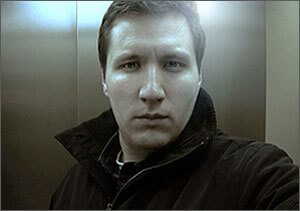Photographer and film director, Michel Haddi has photographed many high-profile celebrities while living in the USA including, Clint Eastwood, Martin Scorsese, David Bowie, Uma Thurman, Francis Ford Coppola, Cameron Diaz, Faye Dunaway, Nicholas Cage, Johnny Depp, Heath Ledger, Angelina Jolie, Janet Jackson, Jennifer Lopez, and many others. He also manages a publishing house, MHS publishing, which publishes his own books.
Currently based in London we have asked him a few questions about his life and work
